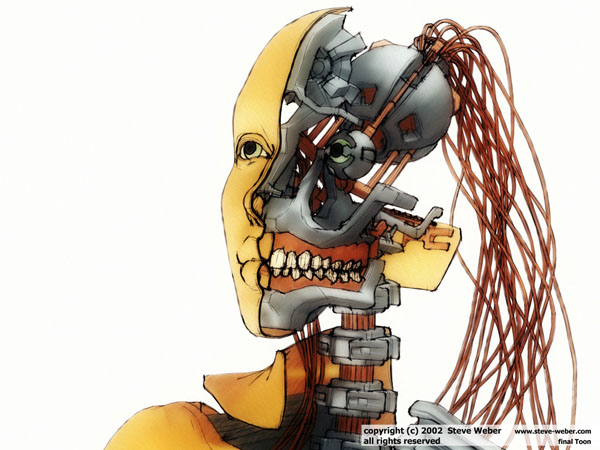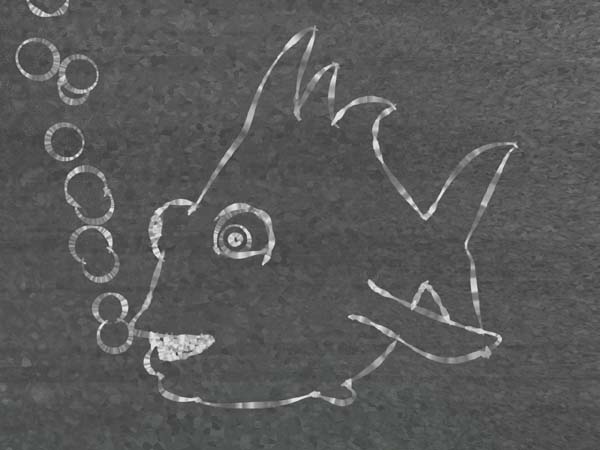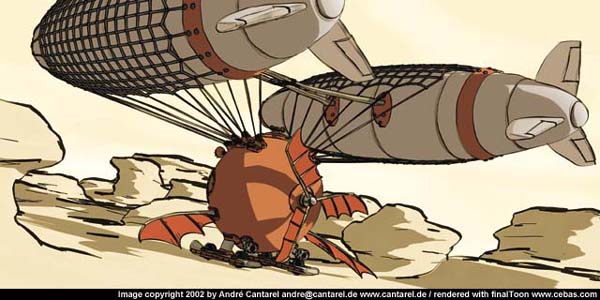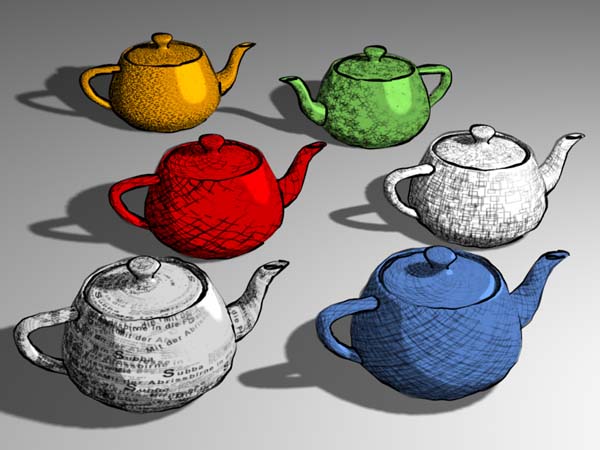
FINALTOON

Hi-de-ho!
finalToon is a robust and flexible toon renderer, able to produce anything from technical illustrations to very stylized hand-sketched look, and beyond. The fully integrated interface is really very simple and straight-forward, with a low learning curve, yet quite powerful and extensible.
Line Editor
Before I begin talking about the line editor, I want you to take a mental stroll down the aisles of a packed, fancy art supply store, walls of assorted graphite and colored pencils, India ink, rapidographs, erasers, brushes galore, a flood of paints, *** a myriad of papers ***and the strong fragrance of professional-grade school supplies.***. I've easily spent the price of this plugin, several times over, for supplies like these over the years.
The Line Editor is where it's at. Think of it as the above store, and then some, because you can create custom implements tailored to your specifications.
This is where you construct the almighty Line Style, the heart and soul of finalToon. Many of the items described above are available as presets created by Cebas, and make excellent starting points.
Pick up a 2 pixel thin dotted grey line, a light pencil stroke with a little wrist curve, or create a thick blue chicken scratch with purple polka dots. Apply all sorts of noise, effects, and maps using the various rollouts in the Line Editor. You have advanced control over depth effects, opacity, numerous stroke effects, lines that fall in shadow, and more. You can even create your own strokes in Photoshop or your favorite paint program, and bring them in.

Line styles are assigned to edges using the Edges Rollout ***in the finalToon Material, or in the Default Edges in the Render Effect Rollout***. Slap a check next to whatever you want rendered, such as visible and hidden folds, creases (smoothing group edges), intersections, Material ID edges, angled edges, and even User Defined Edges, for that extra touch of control.
Individual Line Styles can be saved as .ton files, for later use. Collections of Line Styles applied to the various edges can also be saved, as fT Material Styles (.fts), not to be confused with the finalToon Material which I'll cover next.


=finalToon Material, Shader, and Maps
Included in finalToon are a custom Material and a Shader, both of which can be used independently of each other -- fT Material can use other shaders, other materials can use fT Shader. Sweet.
The finalToon Material is largely similar to the Standard Material, with one addition, the Edges Rollout, where you assign Line Styles to the folds, creases, and other edges. Here is where re-using your pre-made .fts and .ton files comes in handy.
The finalToon Shader adds the solid ink-and-paint fills, whereas the line editor focuses on the outlines.
Finally a set of texture maps are added to your list of maps. These include maps for adding cross-hatching-type styles, one of the shining stylistic benefits of finalToon. Reflections and refractions of lines are also supported, but you must use the fT reflection maps in your reflecting material.

=finalToon Render Effect and Render Elements
Finally we can talk about output. "Mmmmm... Render...."
The finalToon renderer is actually implemented as a Render Effect, giving the user considerable leverage and flexibility in combining other renderers, such as finalRender, mental ray, or others.
Another great benefit of fT being a Render Effect is that you can turn on the interactive feature, and quickly create Line Styles without always having to hit the render button. Using the Default Edges Rollout, change a parameter, and see it update in the render window almost immediately -- assuming you haven't changed the scene. Once you have the look you want for one element, save the Line Style for reuse later. "Excellent, Smithers"

From within the Render Effect you can also export your finalToon Lines as vector output in addition to your raster render. finalToon supports Adobe Illustrator (.ai) and Macromedia Flash (.swf) output. I like the fact that each element is labeled in its own layer in Illustrator documents, although much work is required to stitch paths together and get it presentable.
Being an Illustrator veteran and recovering flash junkie, yes, hello, I am a little disappointed in the vector output. The Line Styles don't always translate well (like no dotted or dashed lines, which are supported in the swf API), and the shader doesn't export the fills. Zoiks Shaggy! Think Inviso-SpaceGhost! I don't mean to be giving you sour persimmons, cuz. I have faith in Cebas to fill in these gaps in future releases, as all the Cebas' Service Packs have seemed to focus solely on the finalRender side. In any event, I find it very difficult to easily create small, usable swfs with any of the assortment of 3d/swf apps and plugins I've used over the years. It always takes good old elbow grease, a minimalist attitude, and tooner sweat. In most cases, you're better off with finalToon's fabulous raster output.
And let's not forget the benefits of the DSP badge - full support for Render Elements. With finalToon's Render Elements you have, mmwoohahaha, ultimate control over your lines. Render out all your lines together, or in groups, individually, or all of the above -- in one pass! I would say it slices and dices, but that's a whole other plugin.

"Buhdee buhdee, but that's not all folks!"
You also get the Field Renderer and the Material Converter utility. Since finalToon is a Render Effect, there are problems rendering its output to fields for broadcast work. The included Field Renderer is included to get around this issue. Simply choose it as your renderer, then choose the desired renderer you would normally use (Default Scanline, mental ray, finalRender, etc.) from the Field Renderer rollout.
Lastly, the Material Converter does what you might think -- it converts your pre-existing materials to finalToon materials. It may not perfectly convert every material, and may require some tweaking, but it definitely eliminates the tedious task of manually converting a whole scene's worth of materials.
All-in-all, I really love finalToon's raster output, and it is easy to pick up and start using. It's almost free if you're getting finalToon as part finalRender, and is a much better deal as such. Speaking of deals, you can download a 30-day trial evaluation copy, free, at TurboSquid.***If you like it better than your existing toon shader, they are also offering a cross-grade deal at press time.***